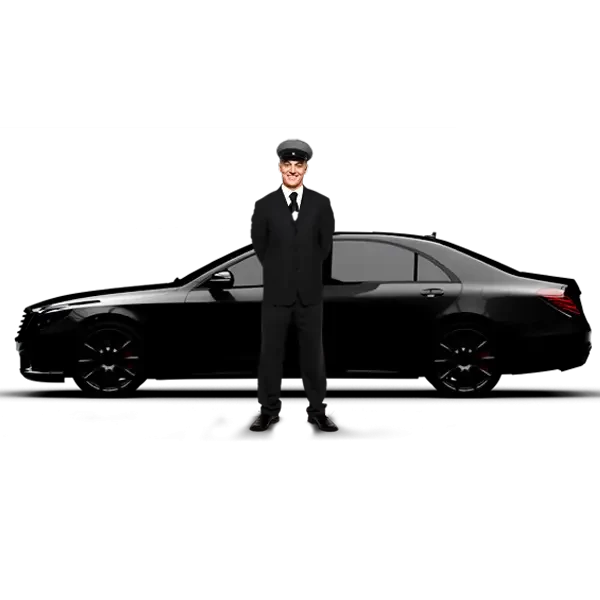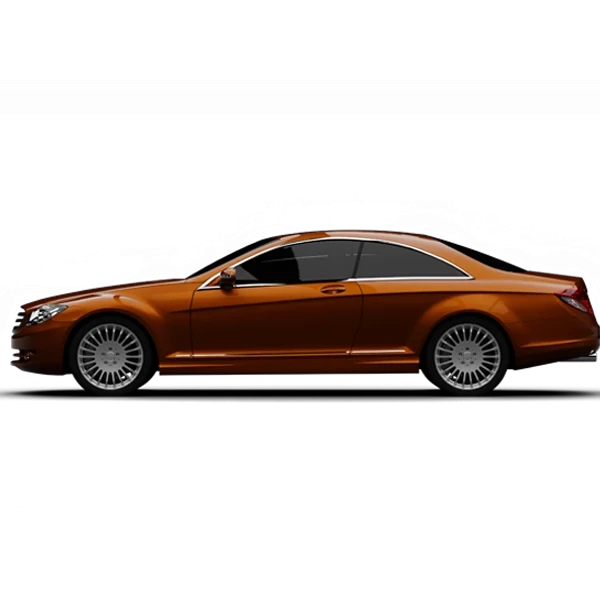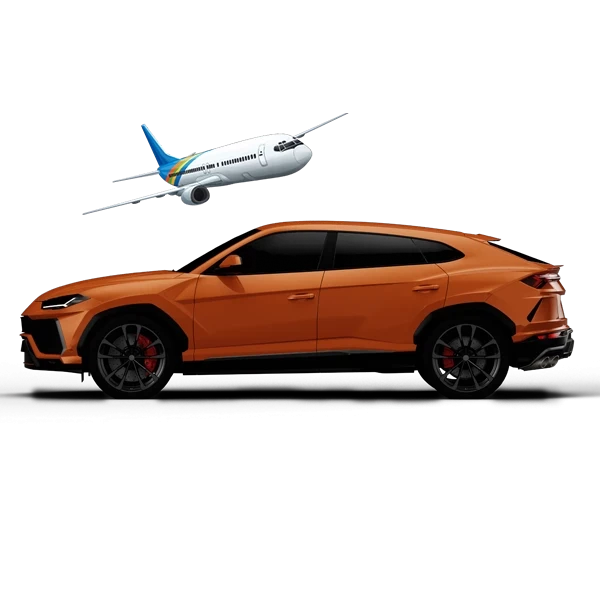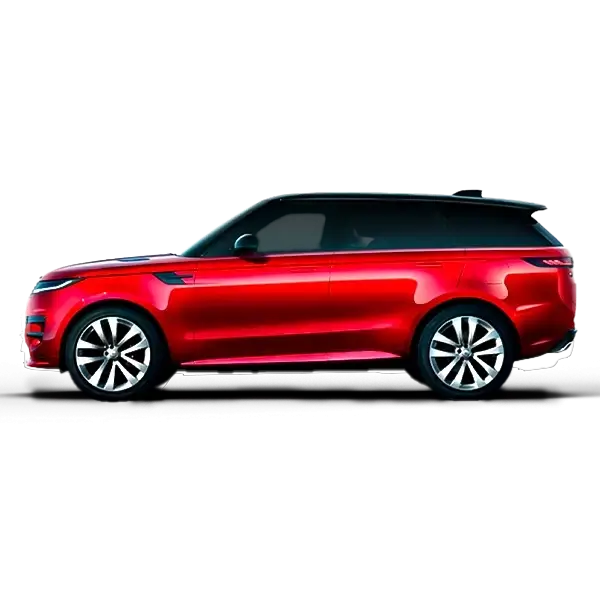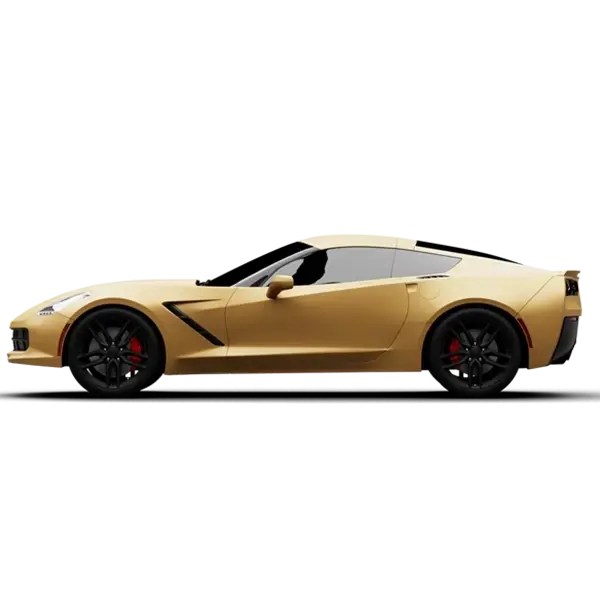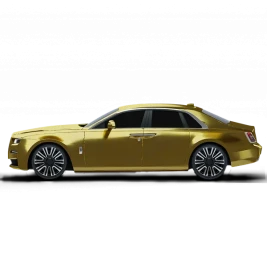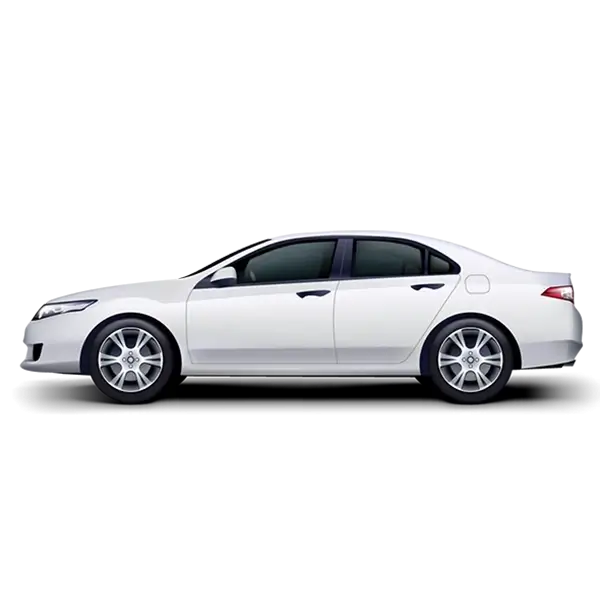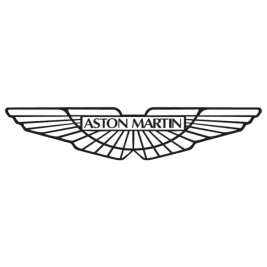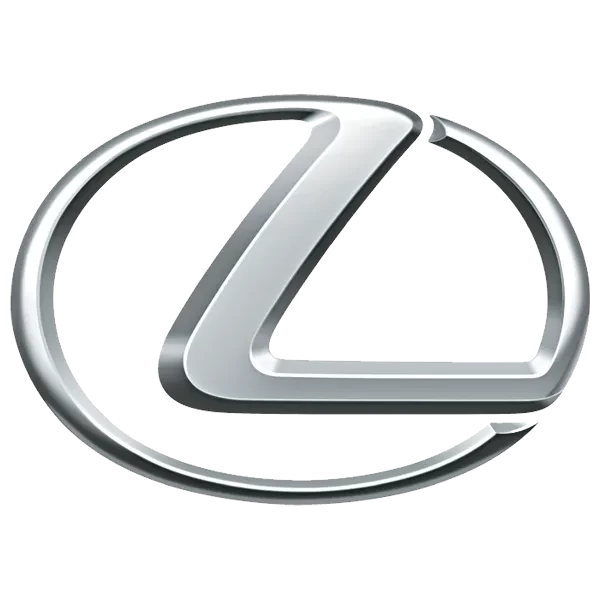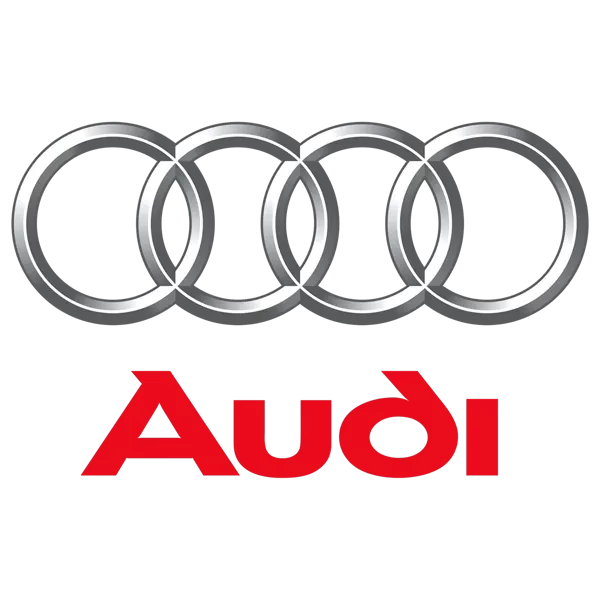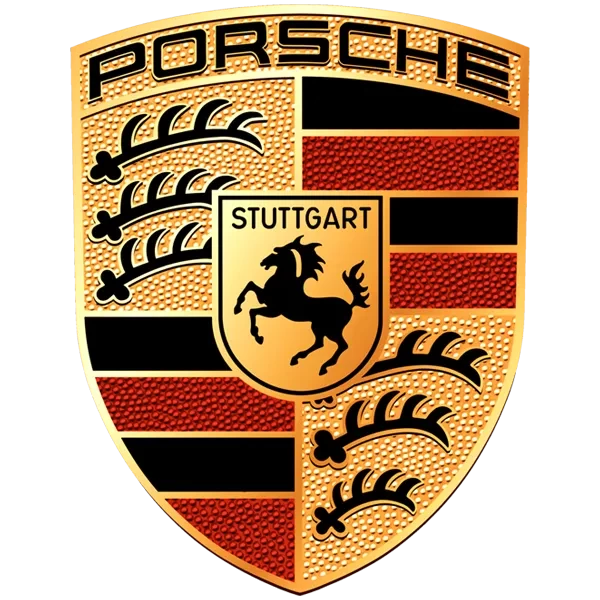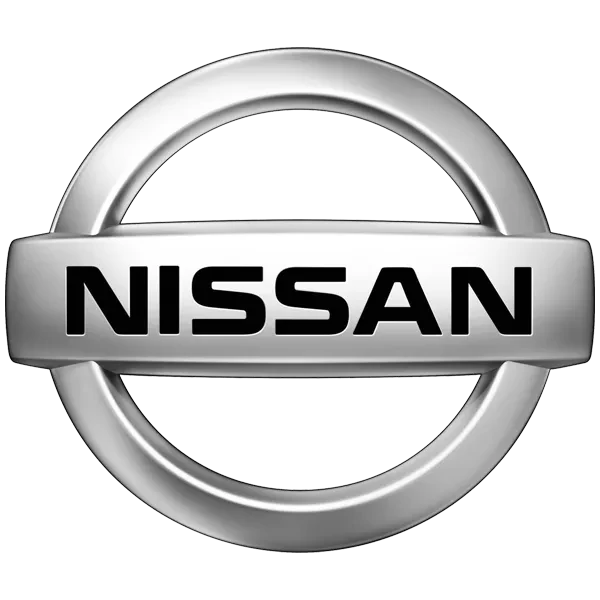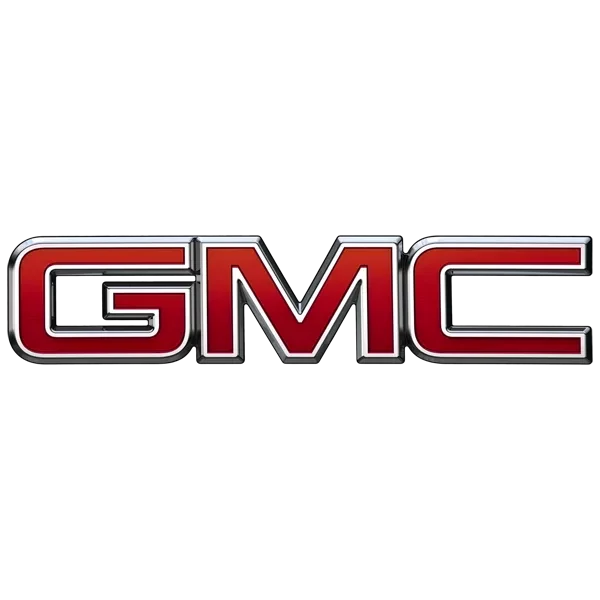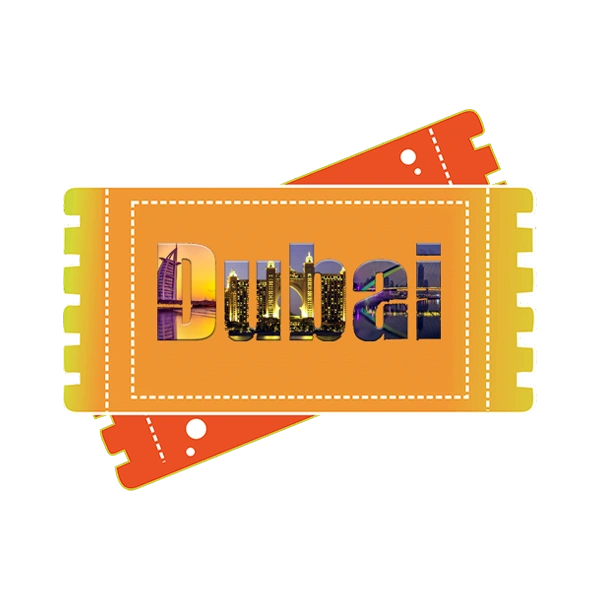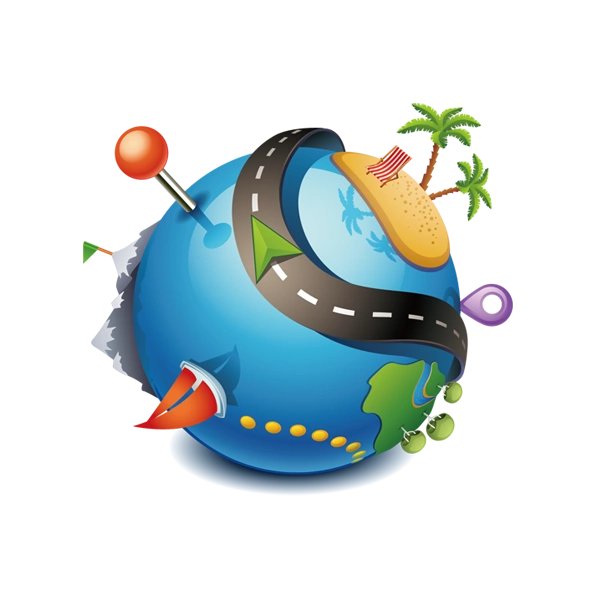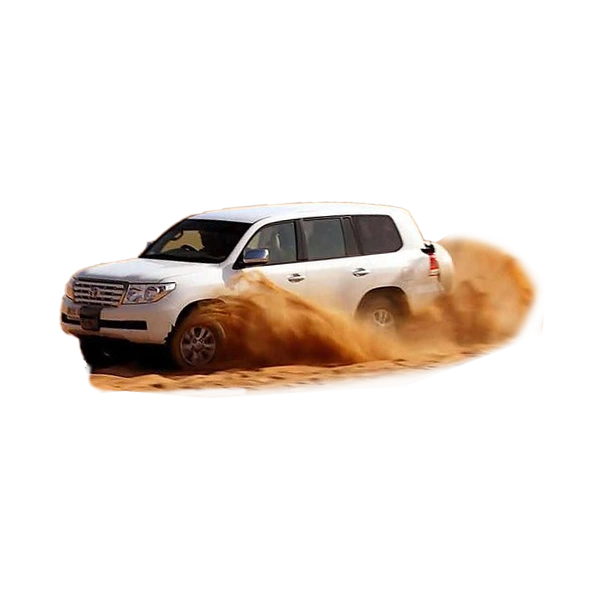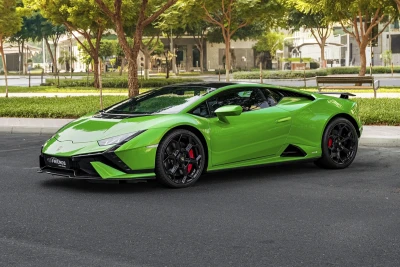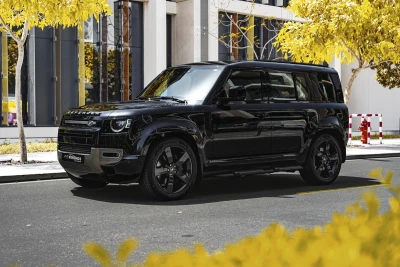Traffic and Infrastructure Challenges Affecting Dubai’s Traffic Flow
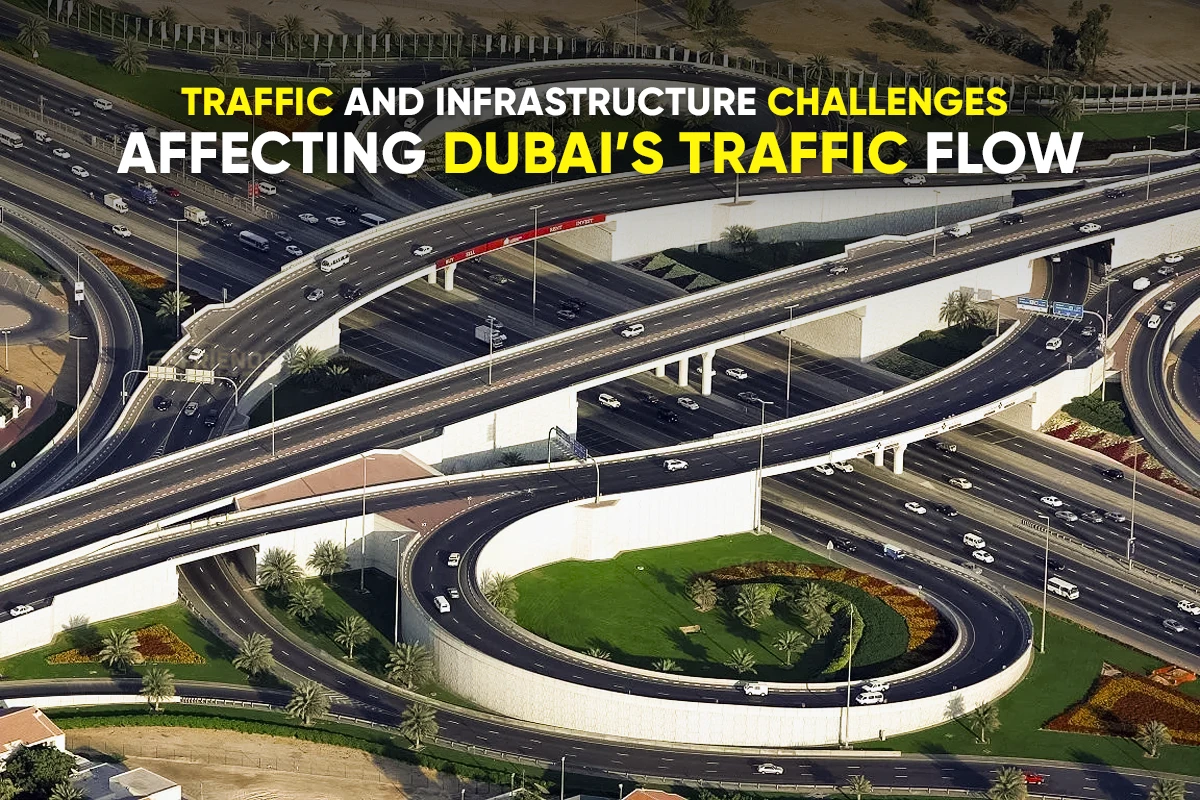
Dubai’s congested traffic flow seems to be outgrowing its ever-evolving, proactive approaches every new day. Why hasn’t this forward-thinking emirate’s infrastructure been able to address the traffic challenges? This article examines the key factors contributing to Dubai’s traffic congestion, infrastructure challenges, and explores new strategies, emerging trends, and practical tips for navigating Dubai’s traffic.
Key Factors Driving Dubai’s Traffic Congestion
While many factors contribute to Dubai’s traffic congestion, here are the most pivotal ones.
1. Rapid Population and Vehicle Growth
Despite only 10% Emirati population, Dubai’s total resident population is nearly 3.94 million as of May 2025. It was only 3.82 million at the end of 2024 and 3.65 million at the end of 2023—just imagine the growth rate per annum. This demographic boom directly correlates with a proportionate increase in vehicles. Last year in November, 2024, Dubai’s Roads and Transport Authority (RTA) reported 3.5 million vehicles were sprawling on Dubai’s highways and city streets daily. Picture the growth in its number at the end of 2025—it’s definitely going to be massive. With population growth, the number of vehicles is increasing, placing ever-greater demands on the city’s road networks.
2. Inter-Emirate Commuting
With the boom of inter-Emirate business and corporate culture, vehicles from other Emirates, like Sharjah and Abu Dhabi flock daily creating more impact on Dubai’s traffic flow. RTA shares a report of more than 800,000 commuters entering Dubai daily for business or leisure. This travel culture and lack of coordinated regional planning have made it difficult to exacerbate bottlenecks at Dubai-Sharjah borders.
3. Urban Design and Car-Centric Culture
Dubai's urban design, particularly in areas like Business Bay, DIFC, and the Trade Centre, was built for the future but perhaps didn't fully anticipate the sheer scale of growth it would experience. These highly concentrated business hubs often lead to gridlocks, especially around DIFC and on Sheikh Zayed Road, during peak hours. On top of this, Dubai has a car-centric culture where owning a personal car is common. This preference for individual vehicles places even greater demand on the road infrastructure, particularly in these already busy business districts.
Infrastructure Challenges Impacting Traffic Flow
Knowing the most common factors for driving Dubai traffic challenges, let’s take a look at its infrastructure challenges with significant impact on traffic flow. The prominent ones are:
1. Overloaded Road Networks
Despite extremely well-planned road networks, Dubai faces significant problems of traffic congestion during peak hours, especially on major roads like the Sheikh Mohamed bin Zayed Road and Sheikh Zayed Road. The above-mentioned reasons contribute to the overload of these road networks. In addition, the constant road expansion work in several locations creates significant disruptions to smooth traffic flows.
2. Public Transport Gaps
Dubai Metro lines cover only specific regions of Dubai. Emerging areas like Dubai South and Al Furjan don’t have metro access. Furthermore, bus routes are also minimal. Due to such reasons, residents prefer areas that have good metro access, concentrating population in specific areas, which directly impacts the traffic flow. Conversely, areas with transportation gaps fail to prosper creating imbalance in the overall development of the Emirate.
3. Insufficient Parking and Accessibility
Insufficient parking is another major reason for obstructed traffic flows in several regions of Dubai. With the sheer number of private vehicles scouring Dubai’s major regions like Downtown Dubai, Business Bay, and Deira, parking infrastructures fall short to accommodate all vehicles. This negatively impacts the traffic flow, as drivers drive slowly to look for parking spots, and small time gaps accumulate to massive jams over time. It makes it even worse for the people of determination, as they don’t get proper places to park their vehicles while traveling to these overly populated regions.
Dubai’s Strategies to Improve Traffic Flow
As you now know about Dubai traffic challenges, its contributing factors, and infrastructure challenges, it’s time to understand Dubai’s future strategies to improve traffic flow. While there are several planned out master plans, the following are their sum ups.
1. Major Infrastructure Upgrades
Dubai plans to upgrade and build new road infrastructure to accommodate the increasing number of vehicles. These enhancements will take place in several major intersections, like the Trade Center Roundabout, aiming to widen roads with new lanes for smoother traffic flows.
The RTA also plans new entry and exit points in various areas for improved traffic distribution. Looking ahead, school zones are set to see new parking areas and wider roads, addressing specific local congestion points. A significant strategic goal is the RTA's aim for 20% road expansion to achieve 60% less traffic congestion – an ambitious target that underscores the scale of their commitment. Furthermore, with Dubai RTA targeting enhancements in 75 different locations across the city in 2025, residents can anticipate smoother traffic flow in the coming days.
2. Smart Traffic Management Systems
Dubai is gradually implementing more powerful traffic management systems powered by AI, which the RTA reports have the capability of reducing waiting times at traffic signals by up to 20%. These systems involve the integration of sophisticated radars and sensors, alongside real-time data-feeding cameras, to actively manage and reduce traffic congestion. Looking ahead, we could possibly see drones monitoring traffic flows in the near future as well, further enhancing surveillance capabilities.
3. Expanding Public and Micro-Mobility Options
Dubai will soon see the new Dubai Metro Blue Line and several new electric bus routes expanding to both new and existing locations. In addition, the city is significantly enhancing its micro-mobility options, with new bike lanes and e-scooter programs already in place or planned for areas like Jumeirah and Dubai Marina. As these comprehensive metro expansions and micro-mobility initiatives come into full effect in the coming years, more people will gain the freedom to commute without relying on private vehicles, which is expected to significantly decrease traffic on the roads and positively impact overall traffic density and flow.
Emerging Trends Shaping Dubai’s Traffic Future
As new technologies evolve, Dubai will be one of the first cities to test and implement them in its transport sector if there is potential. New tech trends will have massive impact on Dubai’s traffic future, in which the following will have major contributions:
1. Autonomous and Eco-Friendly Transport
Dubai is rapidly advancing towards a future where self-driving taxis and autonomous public transport are commonplace on its roads. The emirate has an ambitious goal for 25% of all transportation trips to be smart and driverless by 2030, building on successful pilot programs and technological advancements.
This drive for autonomous mobility is complemented by the UAE's 2050 Net-Zero Carbon goal, which is significantly accelerating the shift away from Internal Combustion Engine (ICE) powered cars. While the strategy for existing petrol vehicles will evolve, the long-term vision clearly points towards the dominance of Electric Vehicles (EVs) and hydrogen-powered vehicles in Dubai's transport landscape within the next few decades. Get ready for a cleaner, smarter commute.
2. Sustainable Urban Development
We might see more enhanced urban development plans where small communities are self-sufficient, reducing mobility to only when necessary. When mixed-use communities and 20-minute city concepts come to life, the driving needs decrease, as destinations are reachable on foot or bikes and scooter. Dubai will definitely see pedestrian-friendly zones in newer development zones, like Dubai Hills.
3. Cross-Emirate Collaboration
To fix the current issues of cross-border traffic bottlenecks between inter-Emirates, Dubai will collaborate with other Emirates and develop wider and expansive connecting zones. This will definitely ease traffic flow. In the future, we might see new inter-Emirate road networks that aid in the reduction of traffic congestion. With the ongoing development of inter-Emirate railways, such as the Etihad Rail passenger network, the reduction of traffic on roads will be massively enhanced.
Practical Tips for Navigating Dubai’s Traffic
We now know the key factors for Dubai’s congested traffic flows, infrastructure challenges, Dubai’s future strategies to counter potential traffic growth, and emerging trends that will possibly shape Dubai's traffic landscape. While the city is continuously working to improve its infrastructure and introduce smart solutions, individual strategies can significantly enhance your daily commute.
For a comprehensive guide on how to navigate Dubai's roads with more ease, including advice on planning your drives, utilizing real-time navigation, opting for alternative routes, leveraging public transport, and more, we encourage you to read our dedicated blog post: Tips To Avoid Heavy Traffic on Dubai Roads.
Conclusion
Although Dubai offers top-notch road networks and cutting-edge traffic management systems, the sheer number of public and private transports outweighs its infrastructure, creating congestion and bottlenecks. Considering the traffic and infrastructure challenges, Dubai will come up with several countermeasures to enhance smooth traffic flow and traveler safety. It’s sure the future will bring more traffic challenges in the future but with proactive approaches of green energy, ICE-alternatives, and new transport infrastructure development projects, we can expect a more reliable transport system in Dubai.
Written by: FriendsCarRental
Published at: Wed, Jun 4, 2025 2:22 PM
Leave a Reply
Your email address will not be published. Required fields are marked *
Car Rental in Dubai
AED 2500
DAY
AED 0
MONTH
-
 SUV
SUV -
 4 Doors
4 Doors -
 5 Seats
5 Seats
- 1 Day Rental Available
- Deposit: Not Required
- Insurance Included
AED 5500
DAY
AED 0
MONTH
-
 Sports
Sports -
 2 Doors
2 Doors -
 2 Seats
2 Seats
- 1 Day Rental Available
- Deposit: Not Required
- Insurance Included
AED 1200
DAY
AED 0
MONTH
-
 SUV
SUV -
 4 Doors
4 Doors -
 5 Seats
5 Seats
- 1 Day Rental Available
- Deposit: Not Required
- Insurance Included
AED 1600
DAY
AED 0
MONTH
-
 SUV
SUV -
 4 Doors
4 Doors -
 5 Seats
5 Seats
- 1 Day Rental Available
- Deposit: Not Required
- Insurance Included
AED 1500
DAY
AED 28500
MONTH
-
 SUV
SUV -
 4 Doors
4 Doors -
 5 Seats
5 Seats
- 1 Day Rental Available
- Deposit: Not Required
- Insurance Included

 عربي
عربي
 English
English
 Français
Français
 Русский
Русский
 中国人
中国人
 Nederlands
Nederlands
 Española
Española
 Türkçe
Türkçe
 Italiana
Italiana



